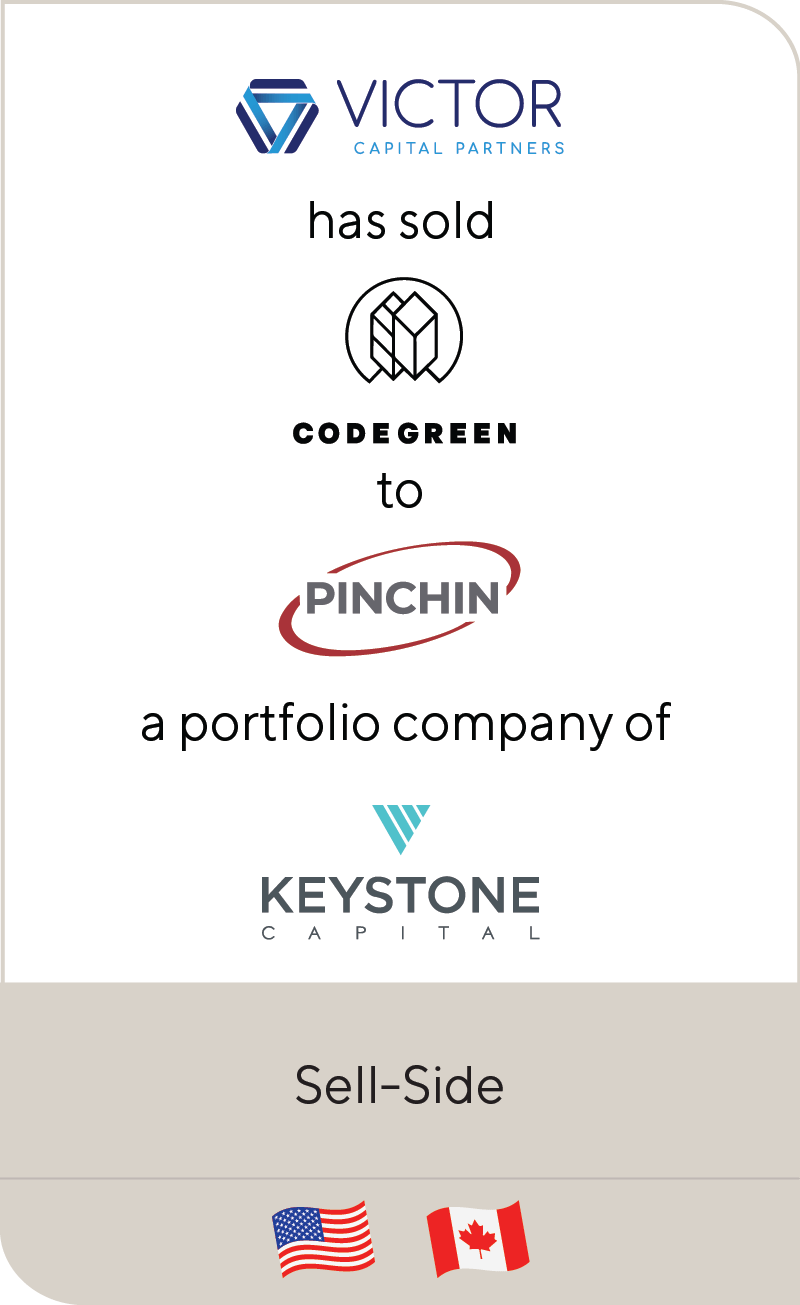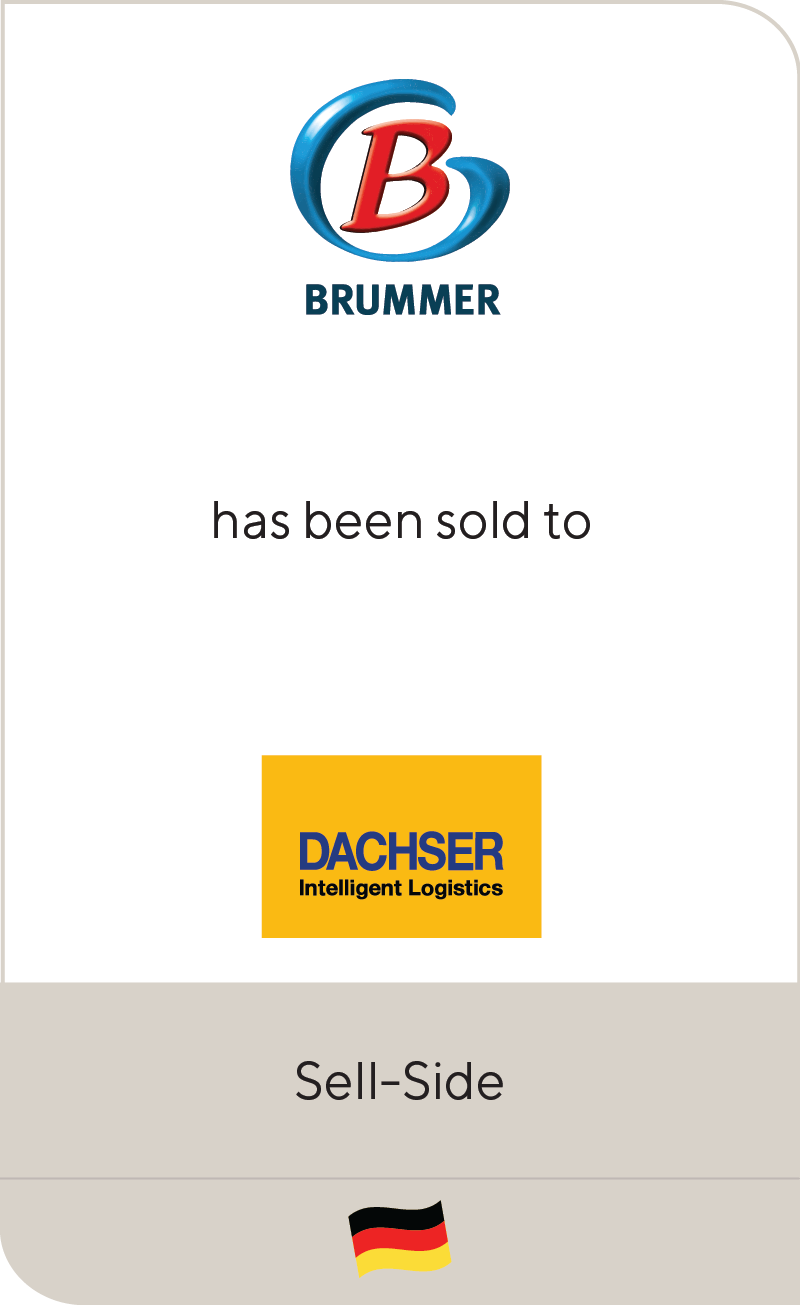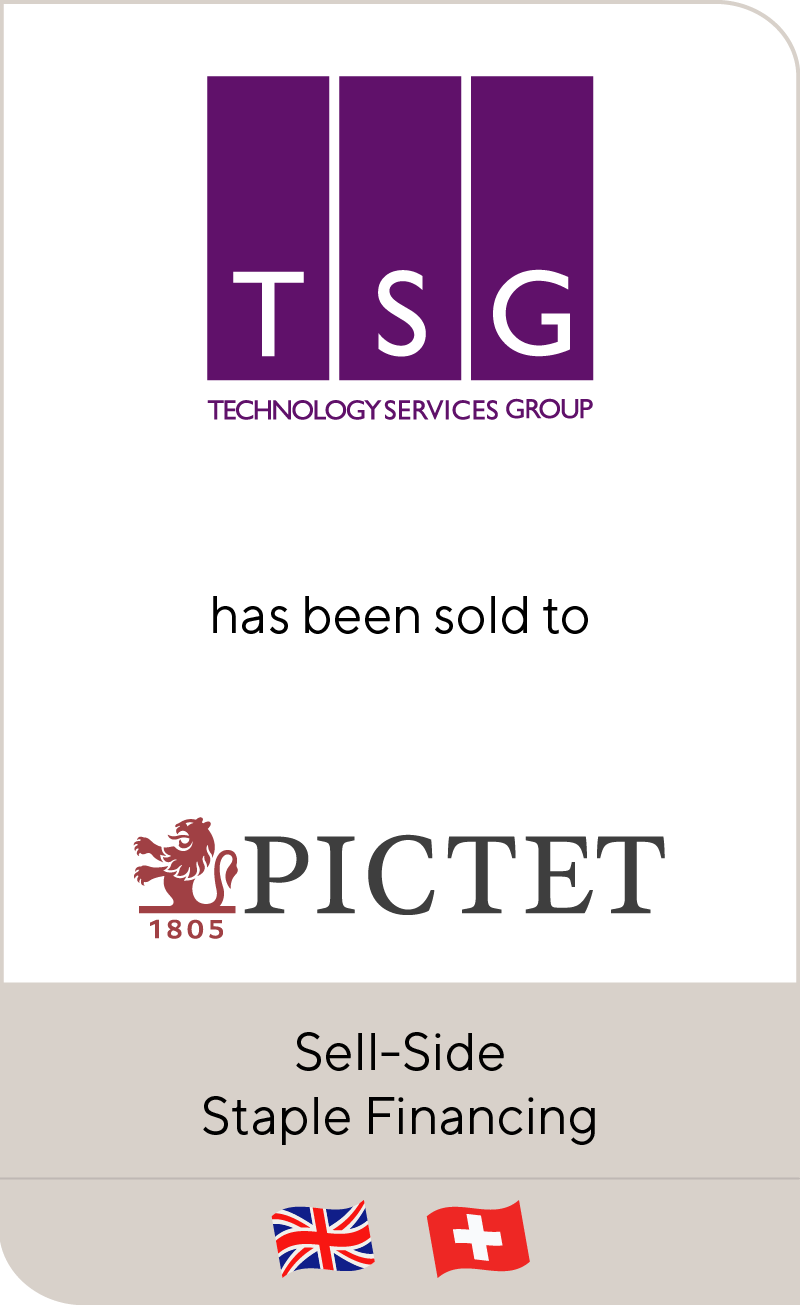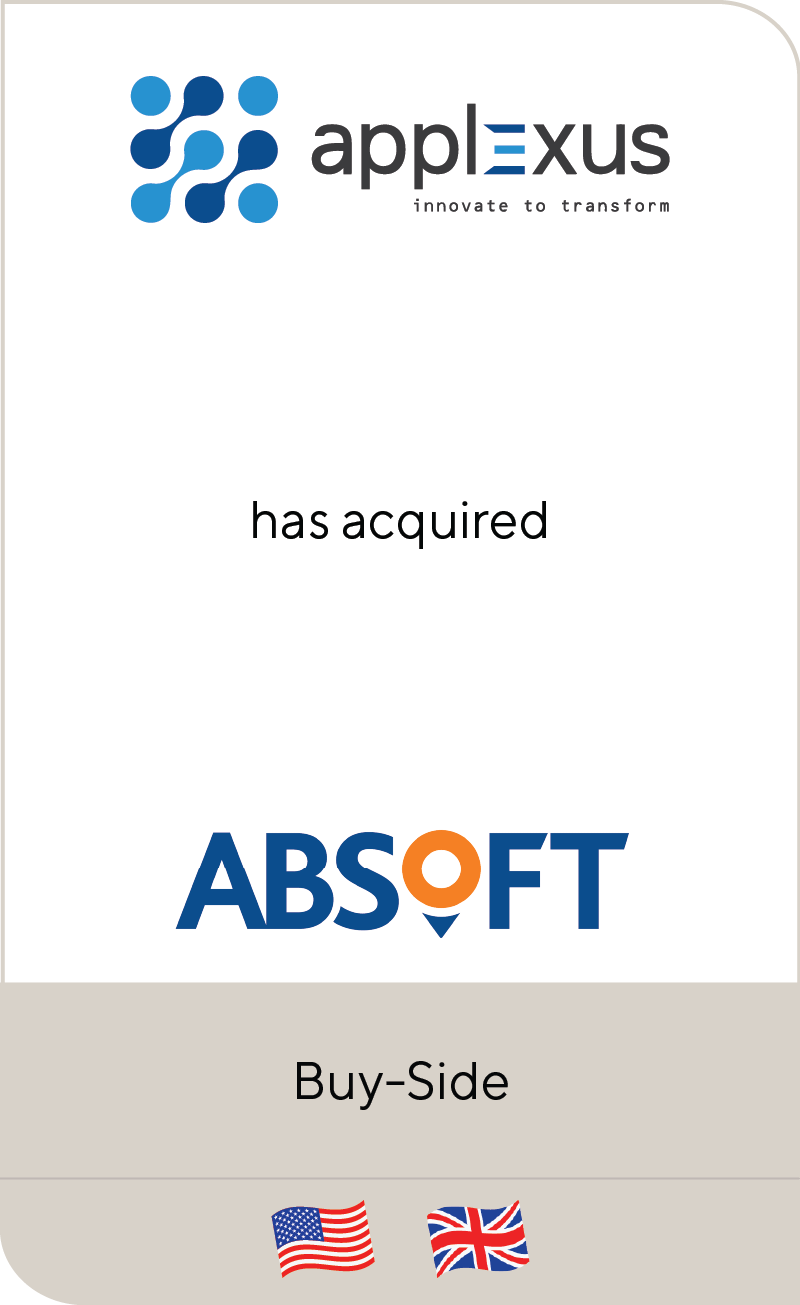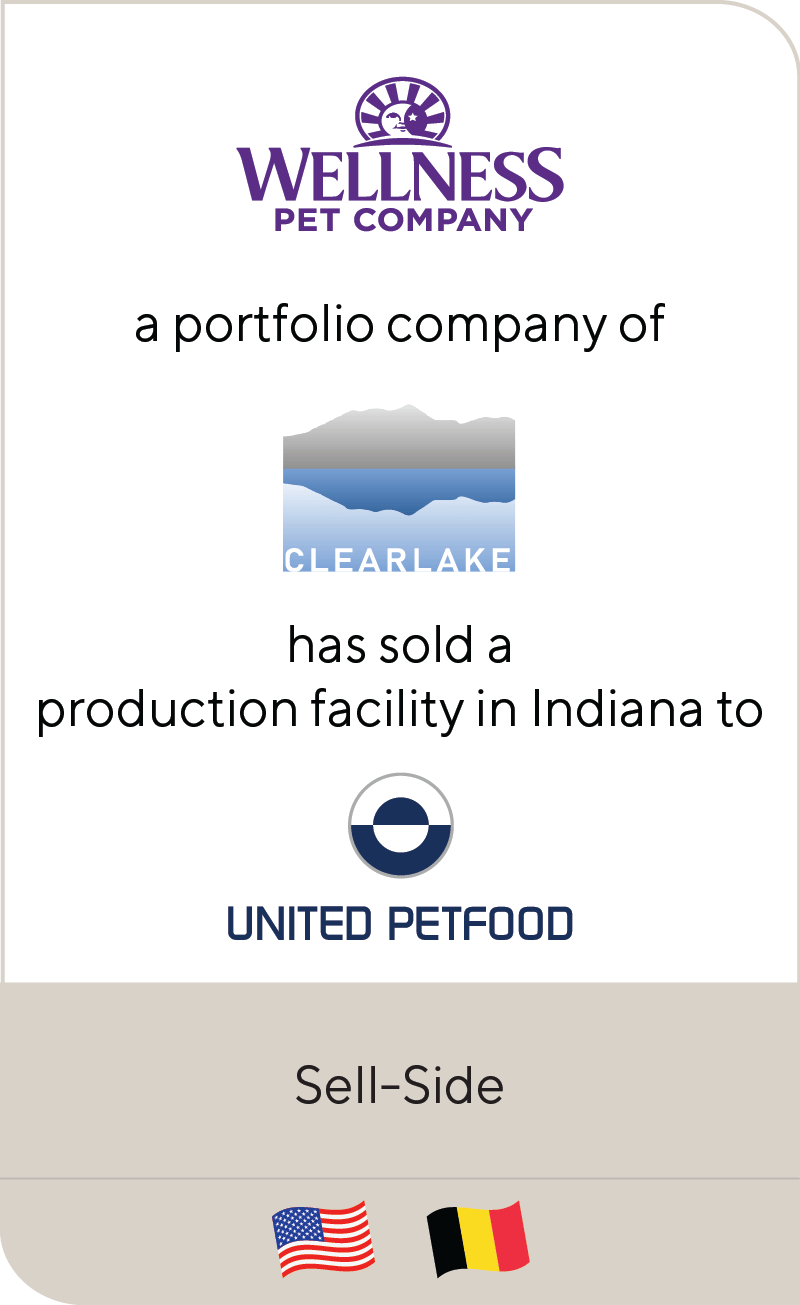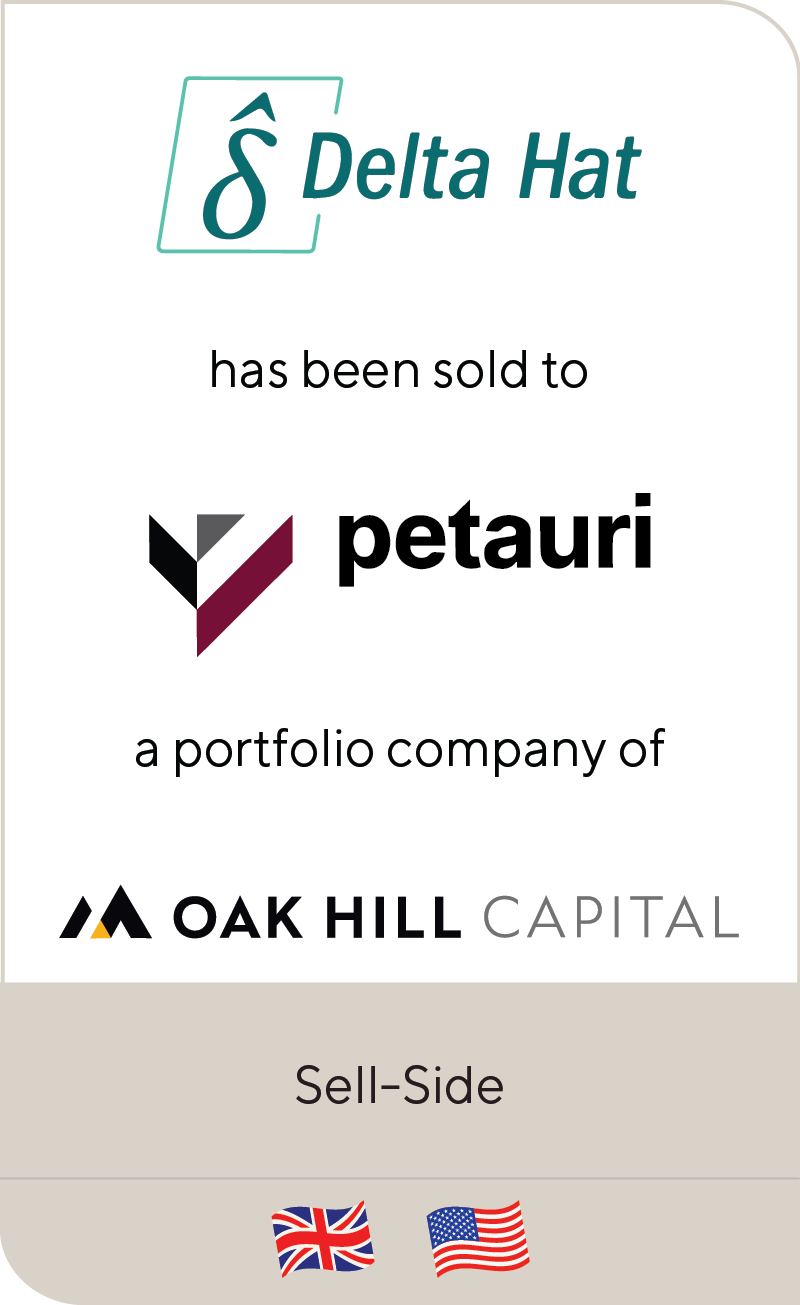European M&A Outlook: Four Deal Drivers for 2023 and Beyond
Mar 2023
| After a record-setting 2021, mergers and acquisitions (M&A) activity in 2022 was poised for a normalization, yet it still hovered near pre-pandemic levels for total deal value. Following the retrench in deal activity last year and the wider macro factors at play, the first half of the year brings some uncertainty to the market. That said, on the whole, Lincoln International expects strong opportunities for buyers and sellers across Europe, especially in the second half of 2023. There is ample capital available and a robust appetite for deals, while at the same time sellers are adjusting their expectations in light of market shifts.
We anticipate that M&A opportunities in Europe will fall under one or more of the following four themes, which will continue to have ongoing importance in the months and years ahead:
To better outline the 2023 deal landscape in Europe, we examine how recent trends are evolving, notable sectors well positioned for opportunities and the four key M&A drivers for this year and beyond. |
Summary
-
Lincoln International outlines the 2023 deal landscape in Europe, examining how recent trends are evolving, notable sectors well positioned for opportunities and the four key M&A drivers for this year and beyond.
- Click here to download a printable version of this perspective.
- Sign up to receive Lincoln's perspectives
Recent Trends and 2023 Outlook
A confluence of macroeconomic forces—including persistently high inflation, rising interest rates and broader concerns about a potential recession—further compounded market volatility and political uncertainty, which led to a marked decline in deals during the second half 2022. In particular, European businesses were acutely affected by unrest in Ukraine and the resulting spike in energy prices. As some of those headwinds for M&A ease, European deal activity will likely return with renewed momentum in 2023.
According to Refinitiv, global M&A value in 2022 declined 37% year over year, and H2 saw a 33% dip compared to H1. Similarly, European target M&A decreased by 39% compared to 2021. However, 2022 deal value still exceeded 2017’s total, and it wasn’t far off the pre-pandemic average.
As some buyers and sellers have remained on the sidelines in recent months, that sets the stage for resurgent deal activity in the year ahead. Markets have seen a wave of repricing, and more opportunities are starting to emerge as a result.
While there may be continued tightening of monetary policy in the near term to help clamp down on inflation, investors anticipate that central banks in Europe are unlikely to pursue interest rate increases comparable to what the Federal Reserve has done in the U.S. Additionally, eurozone finance ministers agreed in September to coordinate fiscal policies with European Central Bank actions to avoid worsening inflationary or recessionary pressures, which can also help prevent the cost of capital from being prohibitive for dealmakers in Europe.
In further contrast to the U.S., inflation across Europe has largely been driven by the rise in energy prices, according to monthly data from the EU’s Eurostat office and the UK’s Office for National Statistics. Fortunately, that data shows both the overall annual inflation rates and the inflation rates for energy have eased since peaking in October, which signals inflation has probably peaked.
Rising base rates and widening margins have had a profound impact on deal structures and valuation. With unitranche debt becoming more expensive and leverage multiples at significantly lower levels, we see a return of structures including subordinated debt, which were more prevalent decades ago when interest rates where much higher. Higher cost of debt and lower leverage multiples are evidentially impacting valuation and we observe this in most of the deals on which we advise across the region. At the same time, we continue to see private debt funds taking market share away from banks in the LBO markets due to tightening capital requirements and significant inflows in private credit funds.
While uncertainty remains, the economic environment has stabilized somewhat, which helps encourage M&A activity. We have already seen an increase in pitch activity in Europe looking to Q1 deals, and that is likely to continue rising through Q2 and into H2. Specifically, both PE funds and debt funds have ample capital available and are now behind their deployment curve, so they will be eager for suitable targets. With high levels of dry powder, in some cases, the ratio of PE-backed M&A is likely to rise in 2023.
37%
decline in global M&A value in 2022 year over year (according to Refinitiv)
39%
decrease in European target M&A compared to 2021
Notable Sectors
Healthcare
Healthcare is an industry primed for disruption, and inefficiencies in the space can also yield opportunities for investors. The COVID-19 pandemic changed some care delivery models in lasting ways and highlighted the potential for telehealth, in-home care delivery, remote patient monitoring and more. Innovation is also driving new developments across pharmaceuticals and life sciences. M&A can unlock value across healthcare in a variety of ways, from modernizing legacy systems and lowering costs to improving outcomes and scaling the delivery of care for an aging population.
Four Deal Drivers in 2023 and Beyond
Against the backdrop of those macroeconomic factors and easing uncertainty entering 2023, there are four key deal drivers that apply across most sectors.
| Digitalization and business transformation
More than ever before, all businesses need to be digital businesses. Leaders rely on real-time information from across the organization to drive actionable insights, identify efficiencies and capitalize on growth opportunities. As technology has shifted from transformative to table stakes, time is of the essence for companies seeking to enhance digital capabilities and offerings. It can often be quicker and more efficient to buy those capabilities via M&A than it is to build them in house, so this area will continue to be a pivotal deal driver. Digitalization is particularly critical in certain sectors—especially technology, media and telecom, healthcare and business services—which will see heavy competition for suitable targets. Regulatory changes and ESG ESG considerations have rapidly risen as a priority for European businesses, and they will only become more important in the years ahead. However, relevant regulations and reporting frameworks are still evolving. Businesses seeking to comply with ESG and sustainability standards will use M&A to realize their goal, including carve-outs and divestitures. Supply chain management and consumer behaviour The COVID-19 pandemic caused widespread supply chain disruption—exposing the fragility of just-in-time delivery models and related practices—as well as lasting shifts in consumer behaviour. Building greater visibility and resilience into the supply chain has become a critical priority for businesses in many different industries, which can also help address heightened customer expectations. Even as supply chain disruption has diminished somewhat since 2021, rising costs, consistent availability of materials and ability to forecast demand are just some of the priority areas for supply chain management that most businesses still seek to address. Infrastructure and energy The energy transition requires large scale investment of the public and private sectors in sustainable energy generation, transmission and storage, which will drive M&A activity in the sector and the wider supporting eco-system. Infrastructure fundraising is at an all-time high, and the amount of dry powder for funds in that space has more than tripled over the past 10 years. 2022 saw significant deal flow related to infrastructure, and that trend is set to continue. Although renewables-focused funds have seen some reversal recently, there are significant opportunities ahead as a broad range of stakeholders prioritize energy sustainability and resilience. |
There are many factors at play for both the broader economy and each individual business’ performance, but we see these trends playing a large part in determining which investment decisions maximise opportunity for years to come. The future looks bright for dealmaking in Europe, and as market volatility subsides, deal activity will be ascendant once again this year.
Contributor
Meet Professionals with Complementary Expertise in Mergers & Acquisitions

I am a rigorous advocate for my clients with a hands-on, communicative approach, focused on delivering intense advocacy and outlier results.
Sean Bennis
Managing Director & U.S. Co-head of Industrials
Chicago
I am enthusiastic about creating sustainable growth and the highest value for our clients and strive to leave a positive footprint beyond any successful M&A transaction.
Friedrich Bieselt
Managing Director & European Head of Business Services
Frankfurt
I enjoy leading clients and realizing their objectives, while structuring solutions to issues that are both intriguing and challenging.
Øyvind Bjordal
Managing Director | Head of Switzerland
Zurich
I am inspired by working with entrepreneurs and innovators who feel passionately about what they are creating.
William Bowmer
Managing Director & U.S. Co-head of TMT
San Francisco
I deliver a hands-on approach to provide strategic advice to my clients throughout the transaction and beyond.
Chris Brooks
Managing Director & European Co-head of TMT
London
My goal is to inspire and motivate our people to make a true impact with their clients, their colleagues and their communities.
Robert Brown
CEO | Managing Director | GP-Director
ChicagoRelated Perspectives in Mergers & Acquisitions

Packaging Quarterly Review Q2 2024
Over the last several years, the packaging industry has undergone significant transformations driven by rapid advancements in technology. From the introduction of innovative materials and sustainable practices to automation and… Read More

Investors in Healthcare | Q&A with Lincoln Professionals
Originally posted by Investors in Healthcare on July 25, 2024. Lincoln International, the U.S.-headquartered global investment banking advisor, is a well-known name in the European healthcare markets, providing advice to… Read More

Industrials Strength: Acceleration in Global Industrials M&A
Lincoln Industrials closed 28 transactions globally thus far in 2024. Across our industrials offering – from aerospace and defense to mobility, engineered components to building products, and infrastructure to specialty… Read More

Lincoln International adds TJ Monico as Managing Director
Lincoln International, a global investment banking advisory firm, is pleased to announce that TJ Monico has joined as a Managing Director to help lead the firm’s distribution practice. TJ has more than… Read More








